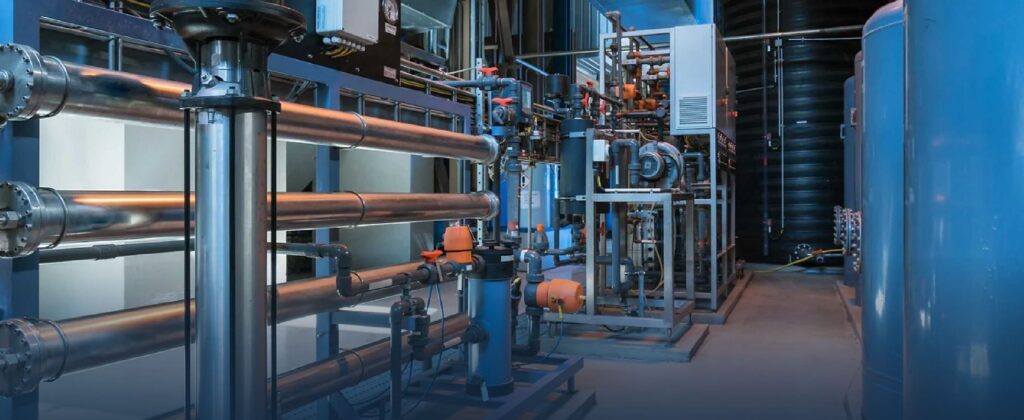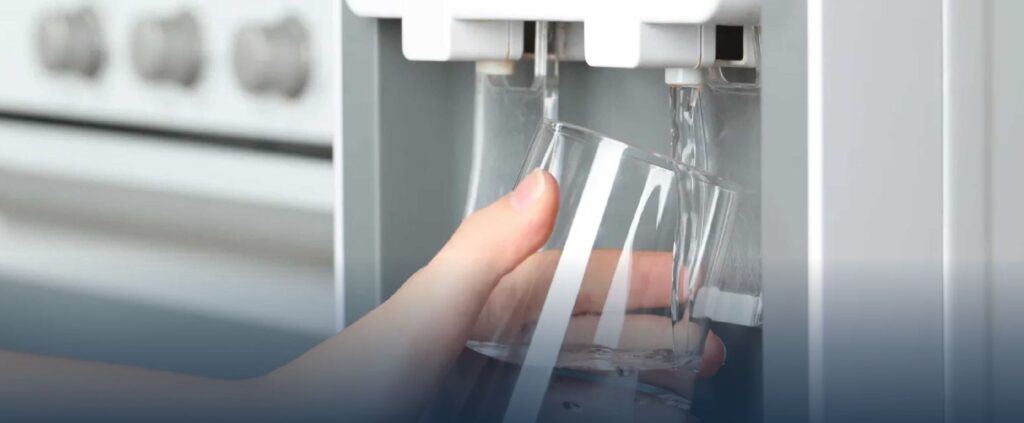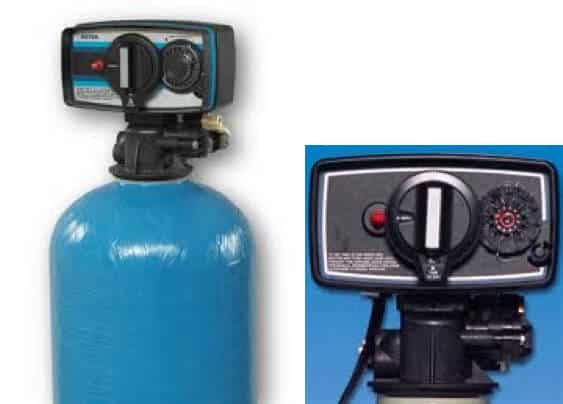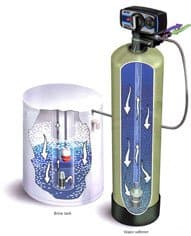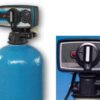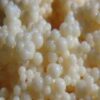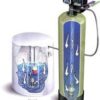Description
Process Description
What is nitrate?
Nitrates and nitrites are nitrogen-oxygen chemical units which combine with various organic and inorganic compounds. Nitrates in concentrations above 10 ppm expressed as N* (this can be expressed as 35.7 ppm as calcium carbonate or 44.3 ppm as nitrate) are considered unsafe. Nitrates have no detectable color, taste or smell at the concentrations involved in drinking water supplies, and they do not cause discoloration of plumbing fixtures, so they remain undetectable to our senses.
Uses for nitrate.
The greatest use of nitrates is as a fertilizer. Once taken into the body, nitrates are converted to nitrites.
What are nitrate’s health effects?
High nitrate levels in water can cause methemoglobinemia or blue baby syndrome, a condition found especially in infants under six months. The stomach acid of an infant is not as strong as in older children and adults. This causes an increase in bacteria that can readily convert nitrate to nitrite (NO2).
Nitrite is absorbed in the blood, and hemoglobin (the oxygen-carrying component of blood) is converted to methemoglobin. Methemoglobin does not carry oxygen efficiently. This results in a reduced oxygen supply to vital tissues such as the brain. Methemoglobin in infant blood cannot change back to hemoglobin, which normally occurs in adults. Severe methemoglobinemia can result in brain damage and death.
Pregnant women, adults with reduced stomach acidity, and people deficient in the enzyme that changes methemoglobin back to normal hemoglobin are all susceptible to nitrite-induced methemoglobinemia. The most obvious symptom of methemoglobinemia is a bluish color of the skin, particularly around the eyes and mouth. Other symptoms include headache, dizziness, weakness or difficulty in breathing.
Treatment options for nitrate in potable water supply:
Selective resins.
The term “nitrate selective” refers to resins that retain nitrates more strongly than any other ions including sulphates. A variety of functional groups can and have been placed into anion exchange resins that are nitrate selective. Most of these resins are similar to the Type 1 resins, but they have larger chemical groups on the nitrogen atom of the amine than the methyl groups that comprise a Type 1 resin. The larger size of the amine groups makes it more difficult for divalent ions such as sulphates to attach themselves to the resin. This reorders the affinity relationships so that nitrate has a higher affinity for the resin than sulphates even at drinking water concentrations. The affinity relationship for nitrate selective resins in drinking water is
Nitrate > Sulphate > Chloride > Bicarbonate
Activated Carbon is not effective in removing Nitrates from water.
Automated backwash control heads:
The Nitrate filters are equipped with automated backwash filters, either Fleck or Clack depending on the model. The purpose of the automated bachwash and rinse cycle is not to regenerate, but only reclassify the media bed.
Fleck valve features:
- Simple mechanical design is easy to use
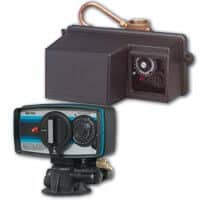
- Two valve body designs: one for downflow regeneration and one for upflow (covers every valve in the 5600 family – quick access to all internal components)
- Injector/drain modules containing the brine valve, flow controls, and injector are removable from the valve’s exterior
- Ruggedly-built timer is designed with heavy-duty 3/8″ wide plastic gears
- 5600 controls are user-friendly and easily programmable
- Non-corrosive, UV-resistant, fiber-reinforced polymer valve body
- Choice of 7- or 12- day clock or demand regeneration with a mechanical meter
- Economical – small annual power consumption; keeps the time and activates the piston/valve mechanics with a single motor
- Designed with double backwash
Clack Control Valve Features:
- Solid state microprocessor with easy access front panel settings
- Double backwash feature offers efficiency and optimum regeneration and cleaning ability
- Days between regeneration feature: 1-99 days standard; 7-day optional
- Down flow regeneration
- 10 selectable pre-programmed regeneration cycles
- Stores system configuration and operation data in nonvolatile memory
- 12-volt transformer provides safe and easy installation
- Control valve design provides optimum service and backwash rates
- Treated water regenerant refill
Filtration Media Description
SEPLITE® LSI 106 plus is a special strong base anion resin developed for nitrate removal,
especially for drinking water.
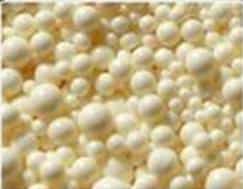
Its special matrix and triethylamine function group makes it highly selective for nitrate, especially in aqueous solutions of moderate or high presence of sulphates and other divalent ions.
SEPLITE® LSI 106 plus has earned a good reputation in the water industry for its high capacity and physic stability, and has been adapted to resist high pressures.

